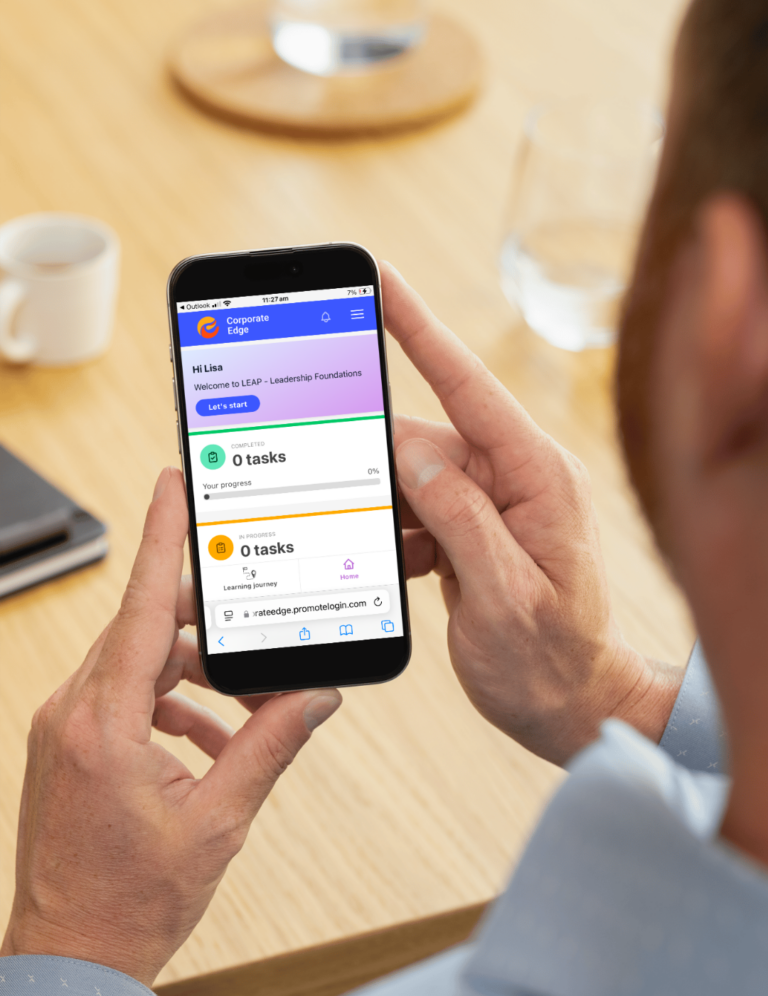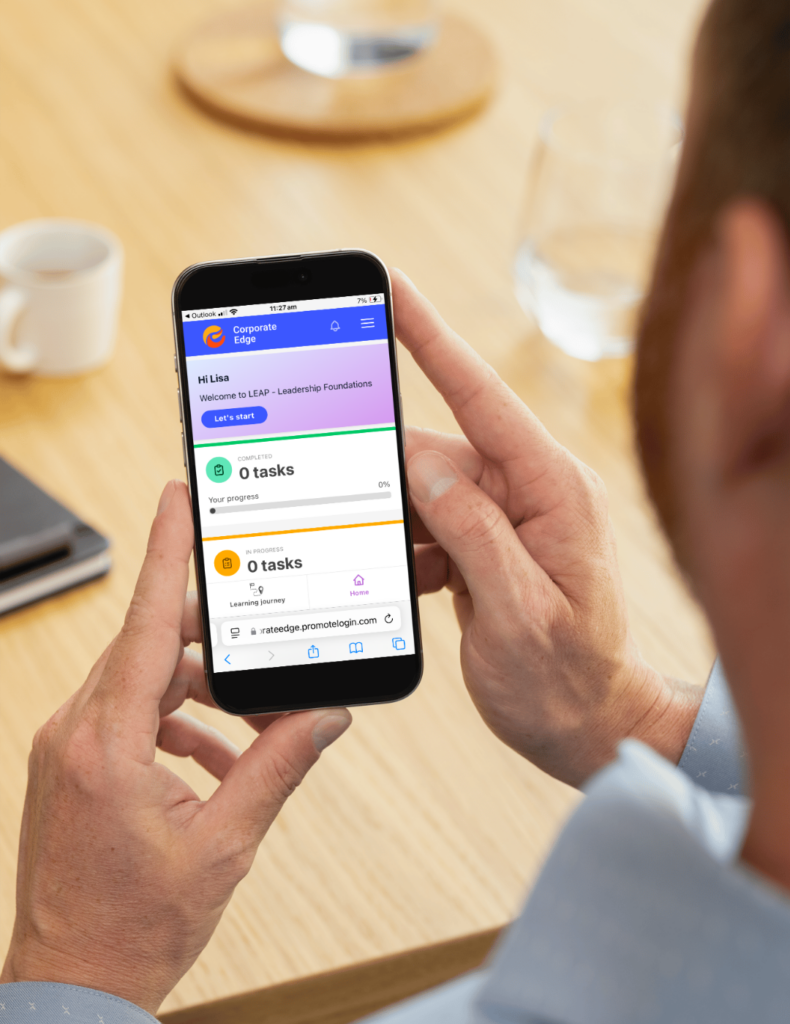As we move into yet another week of lockdown (hello fellow Sydney-siders!) our working from home days are stretching out in front of us with no clear end in sight. And yes, while we are all feeling the effects of WFH, there are a few key pain points surfacing from working remotely full time.
Communication is key to any successful relationship. Whether that’s a friendship or a long-distance client half a world away that speaks a different language. The most traditional form of external and internal communication for businesses is email. Emails are great when used effectively and with purpose, which to be honest isn’t all the time.
We feel short on time, rushed and stressed out as our workloads increase and our once quick catch ups over the desk or water cooler are now half hour scheduled meetings, with follow up emails and lots of back and forth. Core messages and actions can be miscommunicated or misunderstood, and we can then end up leaving the meeting more confused. So, we send another email trying to confirm the details so we can get on with our long to do list. It’s a never-ending brutal cycle.
Emails may not be dead, but they sure may be the death of some remote workers.
According to a study done by McKinsey & Company [source] and reported by Front [source],
“The average worker spends 28% of their work week on email, more than 11 hours a week!”
And it just gets worse! Every time your Outlook pings you are momentarily distracted, even if you don’t immediately read it. However, every time you stop what you’re doing to check your emails, you break your concentration. It then takes the average person 23 minutes to completely refocus on that task. Let’s do the maths…
On average, you check your email five times throughout your workday. That is 1.9 hours of your day spent purely trying to refocus your energy on the task. *Note, that these are all based on averages!
There have been some major findings about the links between email, mental stress and unhappiness. A team led by researchers from the University of California, Irvine, wanted to study the effects of email, so they hooked up 40 office workers to heart rate monitors for 12 days, recording heart rate variability that is a technique used for measuring mental stress. They correlated their email checks with the results from the heart rate monitors.
“The longer one spends on email in [a given] hour, the higher is one’s stress for that hour”
[source]
So, what can you do to help limit the stressors of email or an equivalent?
- Every few hours, block out time in your diary to check your emails. This is called batching. However, be careful to not get lost in the stress and panic of missing an important email.
- And directly from the author of the article “Email is Making us Miserable” published in the New Yorker, Cal Newport, set up shared project management systems combined with regular, short status meetings, limiting the likelihood of back-and-forth emails (such as a project team in Teams).
- Set the expectation for others (if possible) with when you will reply to emails. Setting an automated reply, allowing the person on the other end to either get in contact if it’s urgent or not expect an immediate response.
- Finally, the simple practice of setting the standards for email use such as limit reply all, never deal with emotional issues via email and for more detailed information, make a call!
While remote working is a current staple in our lives, we need to be incredibly vigilant and self-aware and to limit the use of high stress communication methods or change our way of working, to keep us happy, mentally well and stress free.
This is a difficult time for everyone, and we are all dealing with it differently, so be kind and patient and we’ll all get through that overflowing inbox.
Stay safe and well!
The Corporate Edge Team







